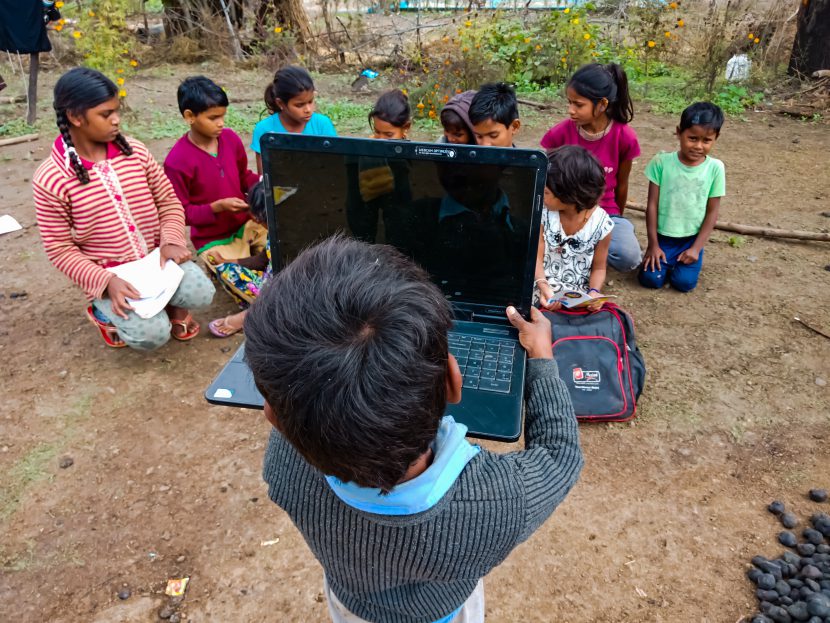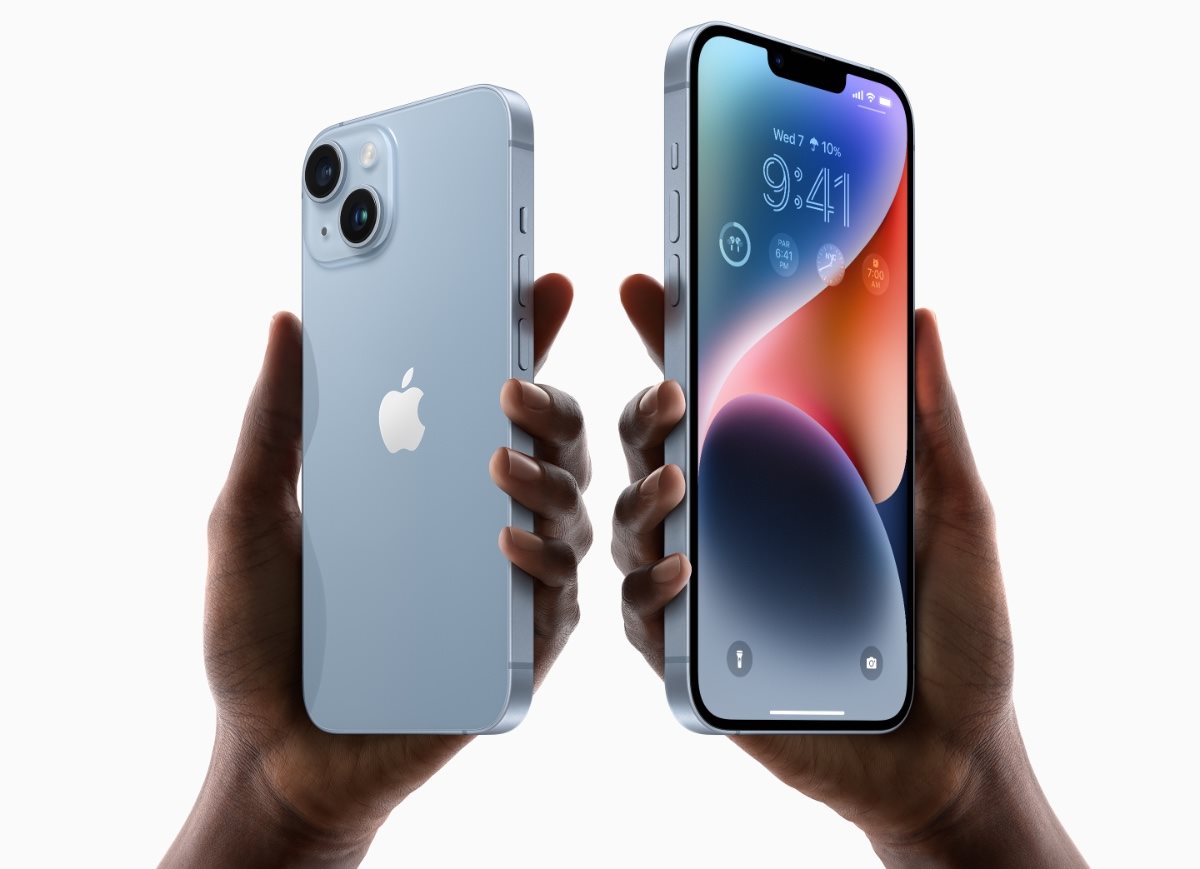The digital divide has been a significant challenge in India's education system, particularly during the COVID-19 pandemic, where online learning became the only option for many students. To address this issue and ensure access to education for all, the following measures can be taken:
1. Infrastructure development: The government can invest in the development of internet infrastructure, including broadband connectivity and mobile internet, in remote and rural areas. This would enable students from these areas to access online learning platforms.
2. Digital literacy: Providing digital literacy programs for both teachers and students is necessary. Students need to understand how to use digital devices and applications to access learning materials.
3. Low-cost devices: The government can work with private companies to offer low-cost devices such as laptops, tablets, and smartphones, to students who cannot afford them. In addition, schools can provide these devices to students on a loan basis.
4. Content availability: Content needs to be available in regional languages to ensure that students from all regions can access it. In addition, curriculum materials should be designed in a way that can be accessed and understood by students who may have limited access to technology.
5. Partnerships: The government can partner with private companies to provide educational content through television and radio broadcasts, which would be accessible to students who do not have access to the internet.
6. Incentives: Incentivizing schools and teachers to provide digital education can go a long way in ensuring access to education for all. The government can provide funds for schools and teachers to buy digital devices and set up digital classrooms.
Overall, addressing the digital divide in India's education system will require a multi-pronged approach, with investments in infrastructure development, digital literacy, low-cost devices, content availability, partnerships, and incentives.

